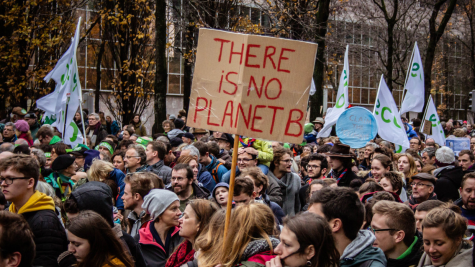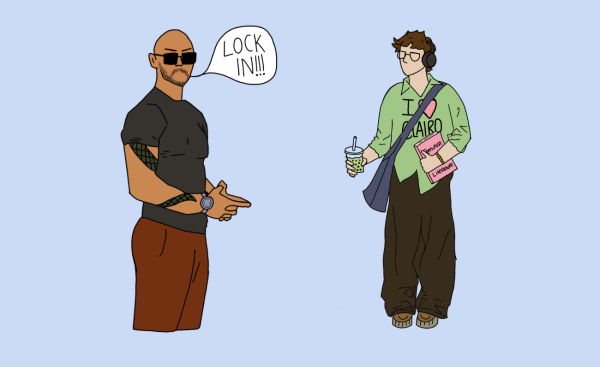How fast fashion is harmful for the environment

Photo Courtesy of Wikimedia Commons
Often inspired by Tik Tok trends or other social media, “fast fashion” is extremely harmful for the environment and the people who create the clothes. According to Borge Magazine, fast fashion causes 10% of carbon emissions, and is the second biggest industry for pollution, only behind the oil industry. This is extremely detrimental for our environment as it is harmful and unsustainable. The environment will eventually not be able to keep up with the fashion industry demand. People order clothes and get rid of them as quickly as they got them, just to be “trendy”.
Many people throw out the new clothes after only a few wears because the material they are often produced in is cheap. They then buy new clothes, and repeat. With about one in three younger women, the largest proportion of consumers think that garments worn one or two times are old, according to The Guardian. The chemicals used, quickly thrown into trash. Unfortunately, cheaper manufactured clothes are harder to recycle, often having cheaper materials and less suitable substitutes for traditional cotton. Tons upon tons of these clothes are landfilled, burned or littered. An alarming amount of the chemicals, such as formaldehyde or ammonia, used to manufacture these low-cost garments wind up in landfills and are released back into nature after being discarded. Another issue with clothes is that every year, 500,000 tons of microfibers, or microscopic bits of non-biodegradable materials, wind up in the seas after being washed or discarded. More than marine transportation and international flights put together, the fashion sector is responsible for about 10% of global greenhouse gas emissions. Pollution is one of the biggest drawbacks of fast fashion, and it might never come to a stop.
People love paying the low prices of fast fashion, but what about the people who make them? More often than not, these workers are paid less than living wages; according to Fashion Checker, 93% of the brands surveyed are not paying workers liveable wages. With production taking place in developing countries such as China or Indonesia, corporations can get away with paying workers less and having them work long hours. So, clothing giants such as Shien or Nova can make clothes for dirt cheap there, thus fueling the fast fashion industry. A large portion of these workers are just trying to make a living wage, yet get paid near to nothing. People enjoy the commodities of fast fashion, but the reality is that someone out there is suffering for them. More often than not, these workers in developing countries are also children. Child labour is still a huge problem today, unknown and completely out of mind to the many people buying clothes from these fast fashion giants.
Not supporting fast fashion can help put an end to this, however it is not as easy as it sounds. Many large companies support fashion, if not part of it themselves. Supporting small businesses, american based, or other businesses that are not based overseas can help with stopping fast fashion. With millions of people all over the world supporting fast fashion it certainly can not be done overnight. Sadly, the demand for fast fashion items is ever growing. People remain unaware as to the damage their shopping habits can cause the environment. Fast fashion is harmful for the environment, but it can be stopped, starting with you!












